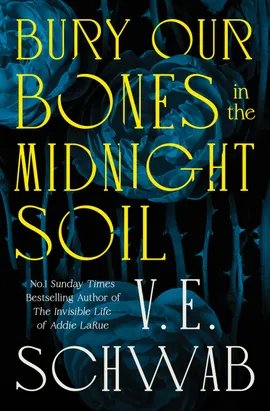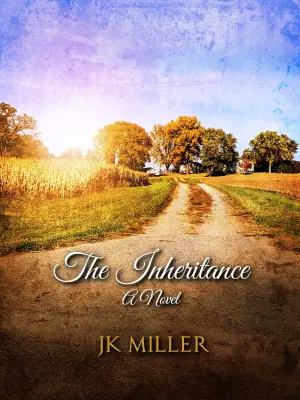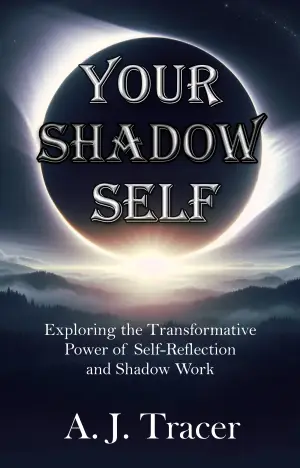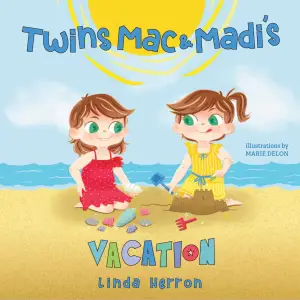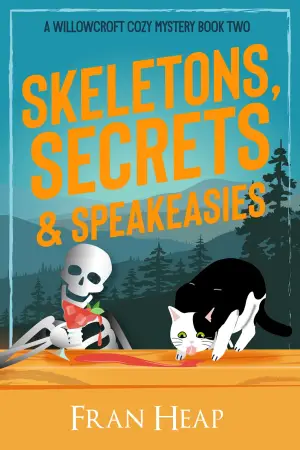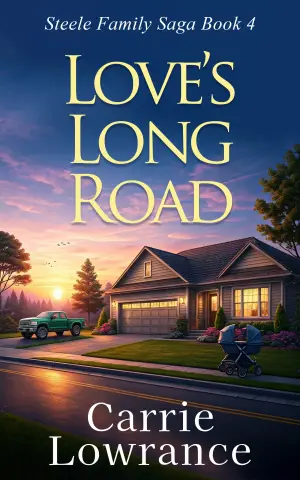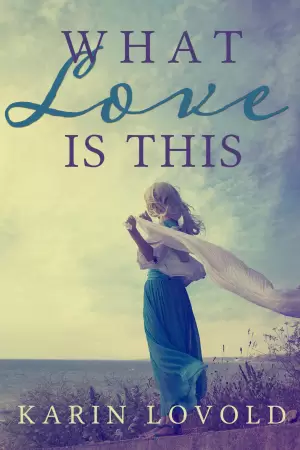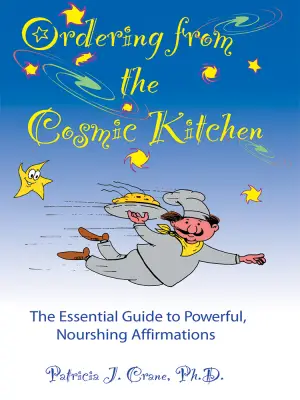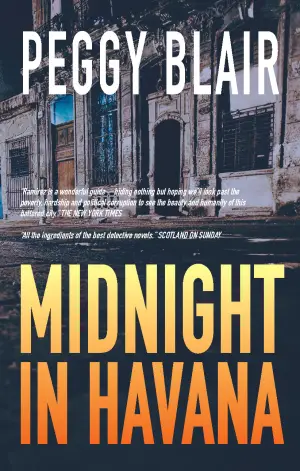Review: Bury Our Bones in the Midnight Soil by V.E. Schwab
When I first came across Bury Our Bones in the Midnight Soil, I was drawn in by its tantalizing subtitle: “Where Rot and Roses Coexist.” Something about the promise of gothic elegance intertwined with visceral themes of hunger and survival whispered to me, urging me to dive into V.E. Schwab’s world. As someone who revels in stories that explore the darker corners of human experience, I couldn’t resist the allure of a modern gothic tale steeped in blood-soaked longing and haunting metaphor.
This novel is like a beautifully wrapped gift that, when opened, reveals layers both luscious and distressing. At its heart, it’s a meditation on what it means to be hungry—not just for love or power, but for agency in a world that seeks to confine you. Schwab deftly uses the vampire mythology to unpack the complexities of female survival in a patriarchal landscape. María, a restless spirit from 16th-century Spain, and Charlotte, a young woman yearning for freedom in 19th-century England, are intricately woven together through the character of Sabine, who embodies both mentor and monster. Their stories reflect a lineage of choice and consequence that feels all too familiar, a generational echo of grief and untamed desire.
Schwab’s prose is what I would call lyrical yet haunting. Each word feels meticulously chosen, as if plucked from the shadows to sparkle with both beauty and bitterness: “The only way to break the cycle of violence is to write your own ending.” This line resonated with me deeply, threading through the mind as I pondered the struggles of Schwab’s characters. The dual timelines create a rich tapestry, invoking a sense of connection between past and present, but sometimes the pacing seemed to meander like a delicate waltz, where I yearned for a more feral charge forward.
One of my favorite aspects was the exploration of promises as shackles. Charlotte’s vow to safeguard Sabine—though it begins as a pledge woven with love—ultimately transforms into a binding chain, illustrating how desire can morph into a cage. The metaphors are lush but occasionally veer into excess; at times, I wished for more unabashed emotion beneath the elegant layers. I found certain characters, particularly Alice, to feel undercooked, their potential overshadowed by the stronger narratives of María and Lottie.
Atmospherically, the novel excels—think crumbling estates and whispers that linger long after the story has ended. However, I left with a yearning for more story amidst all the exquisite aesthetics. In a sense, it felt like the prose occasionally overshadowed the plot, creating a stunning backdrop that sometimes lacked the necessary momentum to carry me through.
I can’t help but recommend Bury Our Bones in the Midnight Soil to readers who enjoy rich, atmospheric narratives that explore complex female relationships and the haunting legacy of choice. It offers a visceral journey into the heart of femininity, mortality, and the monstrous aspects of survival.
Ultimately, this book left me pondering the question of what it means to be truly free. As I turned the final pages, I found myself enveloped in its bittersweet beauty—a rose that bloomed in the dark, sharp yet soft. Though I didn’t fall completely in love, I walked away deeply affected. Schwab’s haunting world lingers in my thoughts, a reminder that hunger and ghosts often make the most compelling stories, even as they ache for something deeper. If you’re seeking a novel that grapples with the complexities of girlhood and the costs of love, this gothic requiem may just be the haunting experience you need.
Discover more about Bury Our Bones in the Midnight Soil on GoodReads >>

